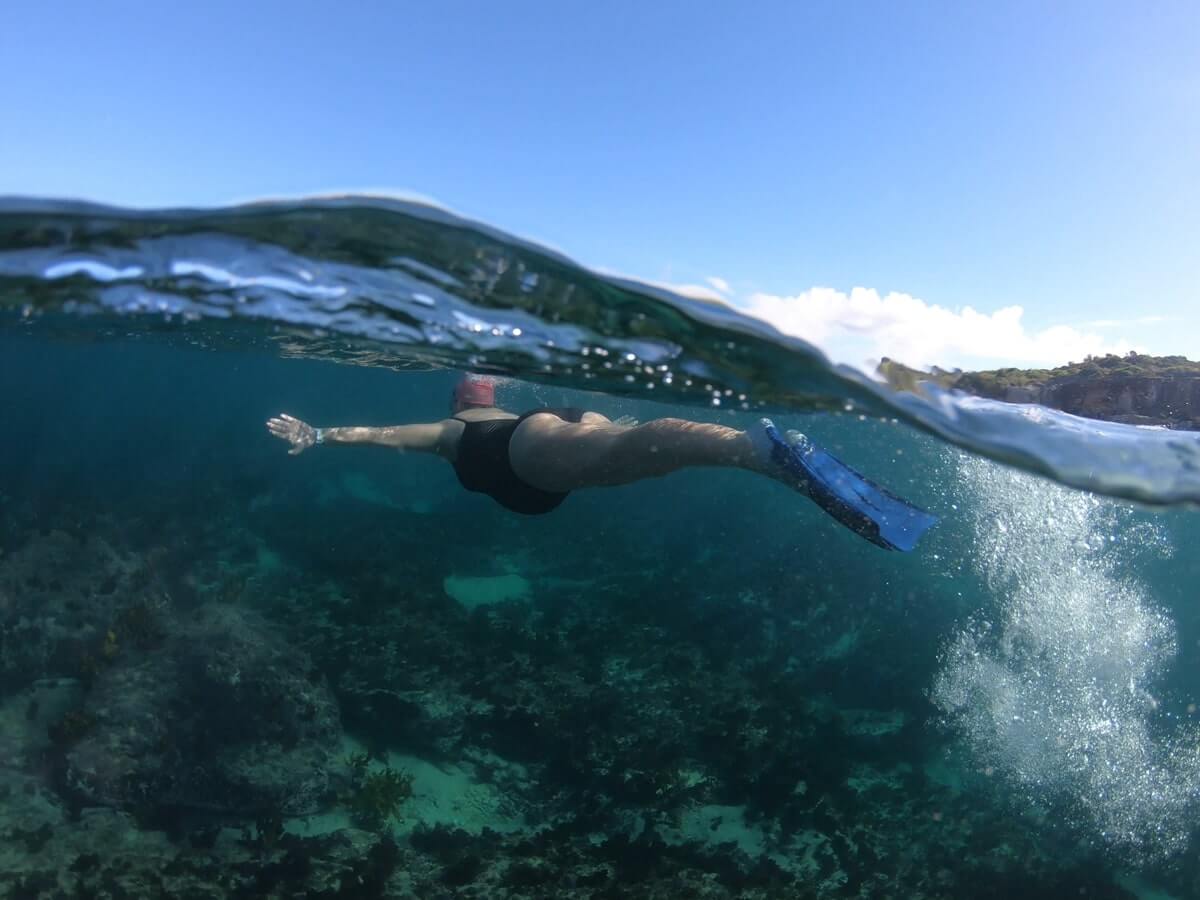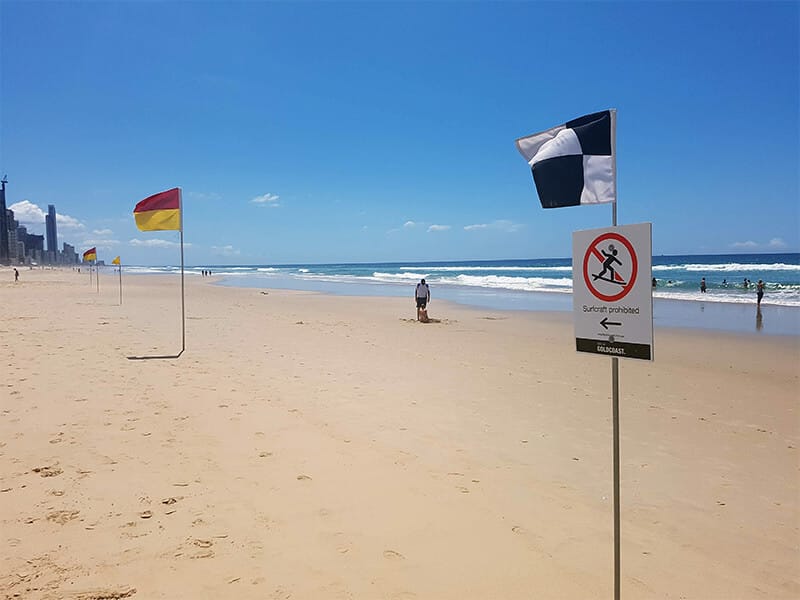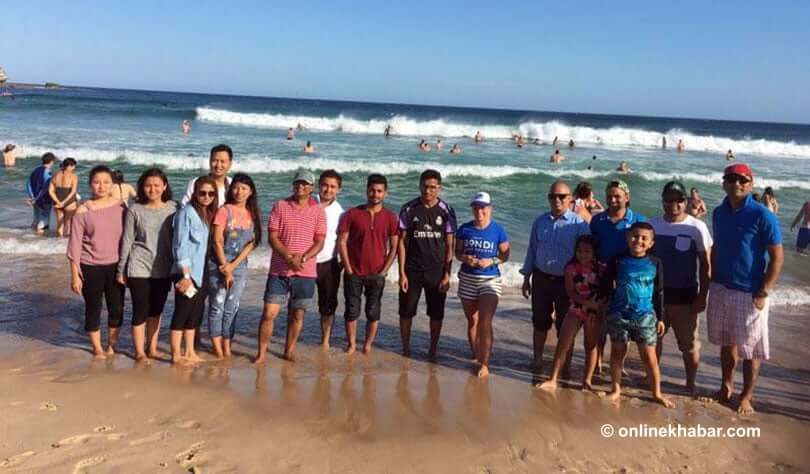A comprehensive guide to surf lifesaving: Surf sports
Surf Life Saving – Part #2: Surf sports
Surf lifesavers have long been Australian icons, but lifesaving is now growing in popularity as an open water sport around the world. In Part 2 of A Comprehensive Guide To Surf Life Saving (See Part 1: Lifesaving) we take a look at surf sports through the ages, the rise of professional surf sports and the growth in ocean sports outside of surf lifesaving.
First published in H2Open Magazine
Surf sports
Through the ages, Aussies have been known for their love of sport, and lifesaving events have long been held, as a way not only to satisfy the innate Aussie need to compete but as a means for lifesavers to stay fit enough to meet their lifesaving responsibilities.
Many events from the early days no longer feature in modern competition; up until the 70s, it was possible to compete in chariot races, pillow fights, jumping through hoops and gymnastics, alongside more conventional surf swim and beach races.
A few traditional events have survived, though, including the march past (where lifesavers march in formation), rescue and resuscitation and belt races (races swum while attached to reel and line).
Over time, disciplines have become focused on swimming, craft and beach-based events, and the competition between surf clubs has intensified – in large part fuelled by professional ‘Surf Ironman’ events.
Ironman racing is the ultimate in surf sports; a three-leg event that includes a surf swim, board paddle and ski paddle, mixed with beach runs. Ironman is effectively the “triathlon of surf lifesaving’ and is not to be confused with the Ironman of the “swim-bike-run’ variety.
In the 1980s and 90s professional Ironman racing was one of Australia’s most popular summer sports. Its athletes were well-paid superstars, and the events were broadcast to huge TV audiences. But public interest in Ironman events has dimmed over the years and attempts to revive the sport have largely failed to restore the lustre the sport enjoyed in its glory days.
Yet surf sports continue to be a strong core of the surf lifesaving movement, and tens of thousands of lifesavers compete in events at the club, state and national level each summer. Again, this is to maintain fitness and provide sport and recreation opportunities that act as an effective means of attracting and retaining members.
The largest of the surf sports events is the Australian Surf Life Saving Championships, affectionately known as the “Aussies’, which brings together surf lifesaving clubs and members from across the country, with over 8,000 athletes of all ages contesting around 300 events, in what is always an action-packed week of competition. The Aussies is a celebration of the lifesaving movement and an opportunity for surf lifesavers from around Australia to display their talents.
Internationally, surf sports are also continuing to develop, so providing opportunities for countries to not only come together to compete, but also to share and strengthen lifesaving networks, friendships and knowledge.
The Lifesaving World Championships are held every two years and include competitors from 40 nations. The Championships are the largest international lifesaving sport competition in the world, with between 4,000-6,000 competitors taking part, from juniors through to masters.
Surf sports is also increasingly providing a pathway to Olympic success, with the sport’s top boat rowers, ski-paddlers and swimmers making the transition to rowing, kayaking and open water swimming.
In open water swimming circles, the best-known Olympian from a surf lifesaving background is professional Ironman Ky Hurst, winner of 28 Australian Surf Life Saving titles, who contested the 2008 and 2012 Olympics in the Open Water Marathon.
Ocean sports
The past few years have started to see a sharp growth in ocean sports not directly linked to traditional surf lifesaving. Sports that were once the sole domain of surf lifesavers – ocean swimming, board paddling and ocean paddling – have now been opened up to the public through new specialized events run by independent organisations or lifesaving clubs themselves.
New participants are flooding to these ocean sports in huge numbers and can do so without the often cumbersome commitments required of being a lifesaver.
Ocean swimming alone now has around 200 events annually worldwide, and regular board paddling and ocean paddling events attract high-quality fields and top-level prize money.
There is every reason to believe that ocean sports will continue to grow and that more people will be attracted to this fantastic ocean lifestyle.
For surf lifesaving, the hope is that many of these new participants will enjoy the ocean so much that they also choose to become lifesavers and continue the iconic lifesaving service to the Australian public.
How can you get involved?
Internationally there are limited opportunities outside of Australia, New Zealand, South Africa and the UK to become a volunteer lifesaver. The culture of volunteering alone doesn’t exist in every country, and it is even scarcer when it comes to providing a volunteer lifesaving service, due to legal liability concerns.
If you’re in a country that provides volunteer lifesavers, or you’re about to move to a country that does, all you need to do to get involved is head on down to your nearest surf club and ask a member.
If there’s no volunteer service in your country there are still opportunities to be employed as a lifeguard at pools, lagoons and beaches.
For more information on lifesaving internationally visit:
International: ilsf.org
Australia: sls.com.au
New Zealand: surflifesaving.co.nz
UK: slsgb.org.uk





Responses